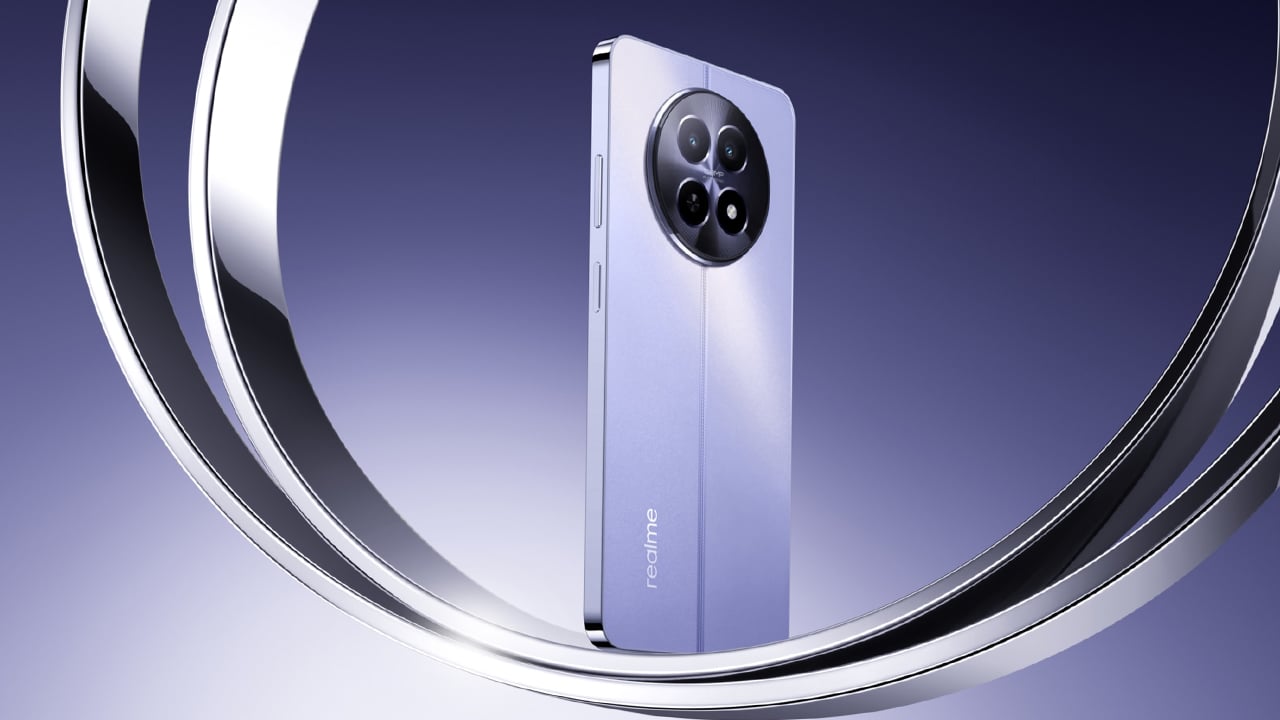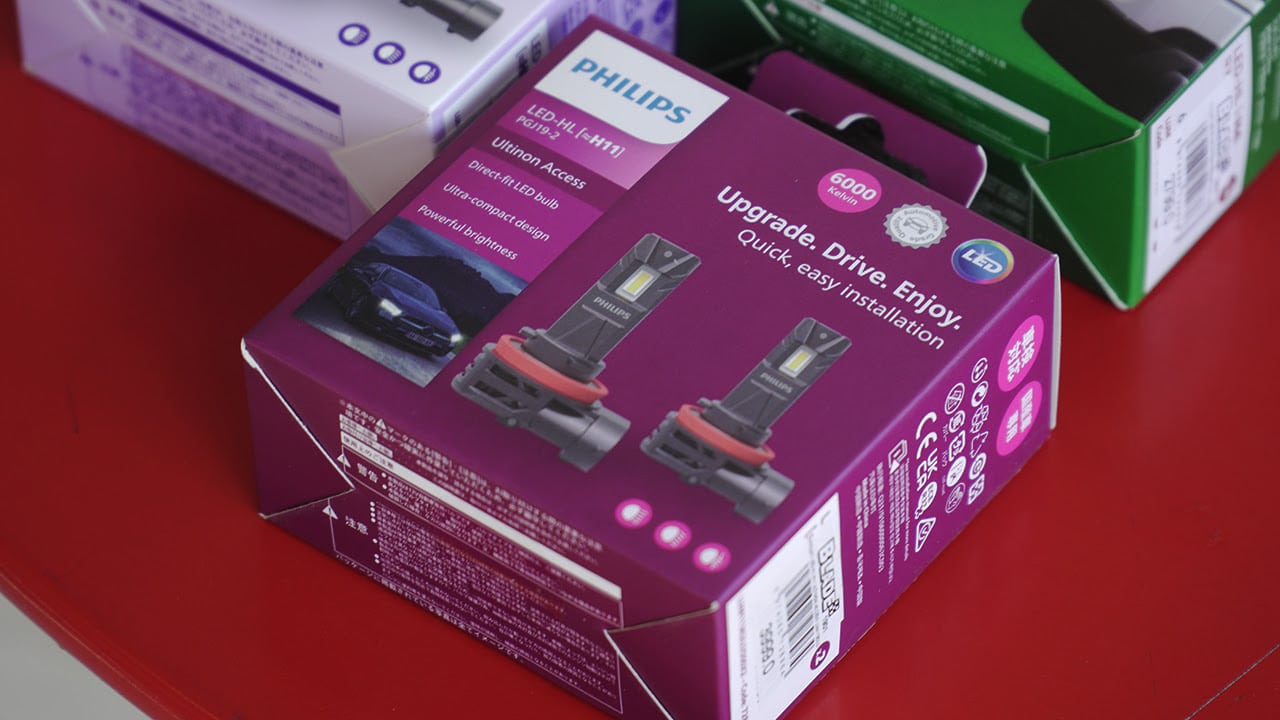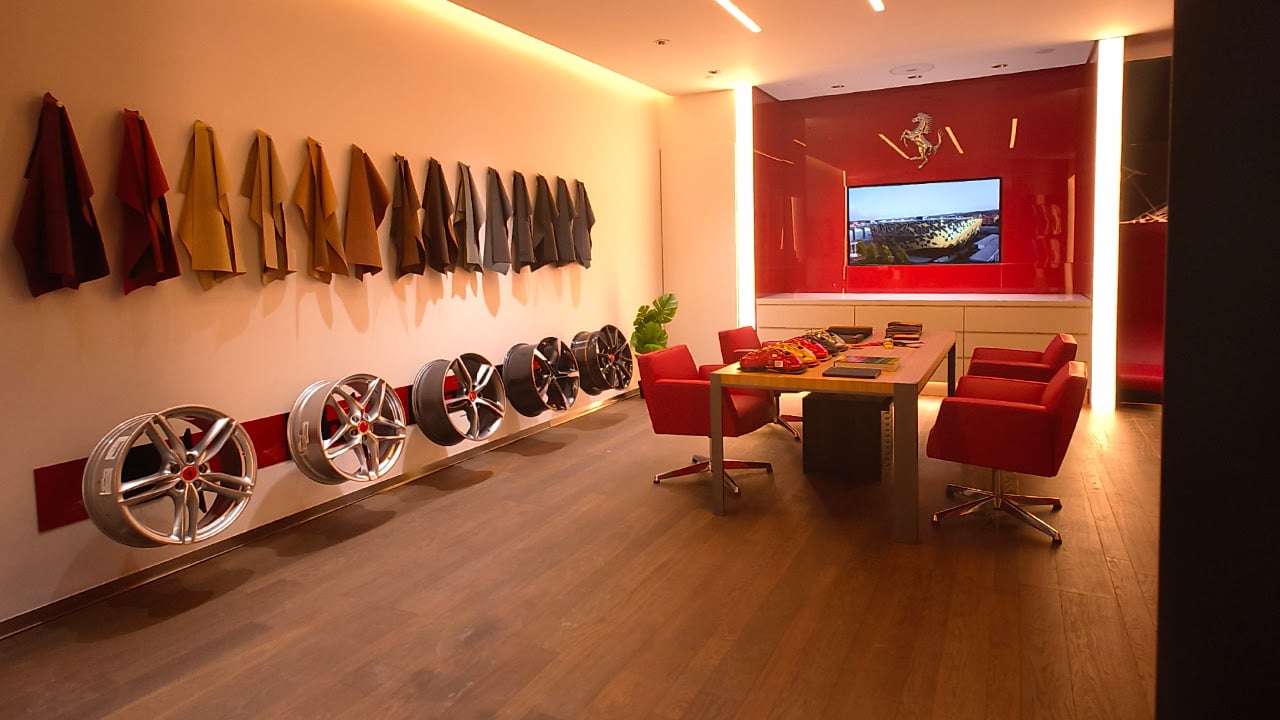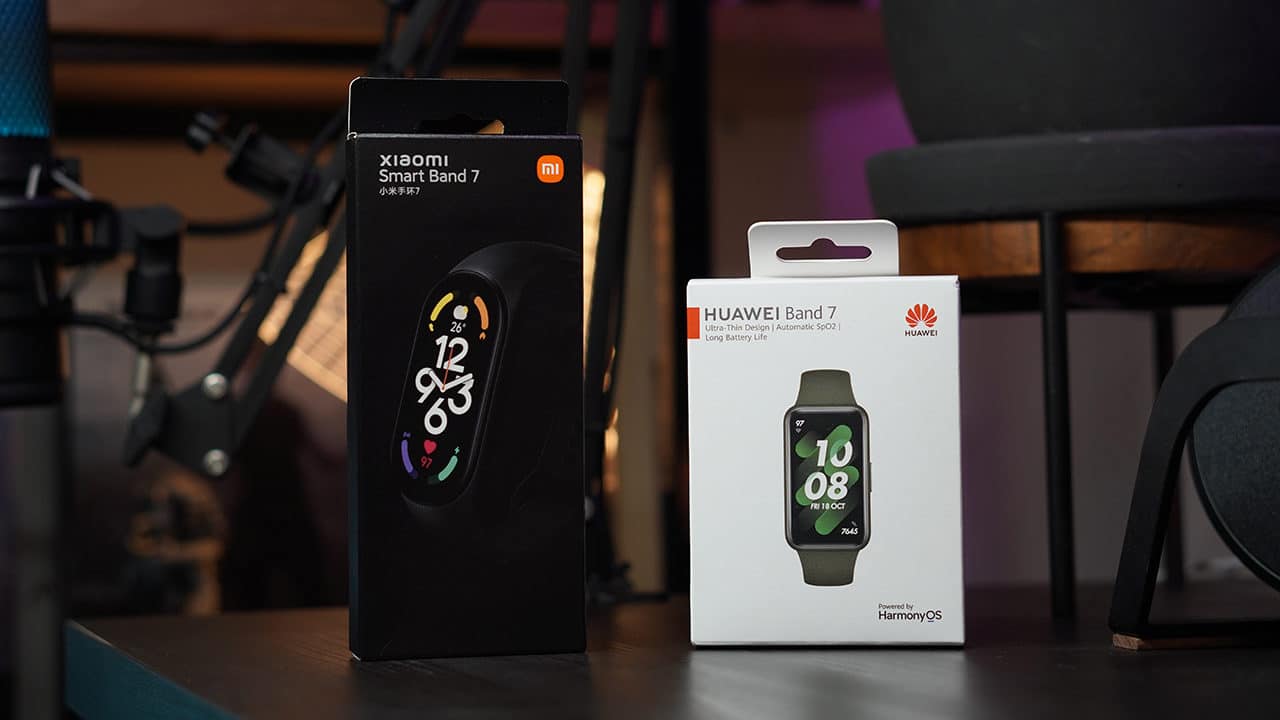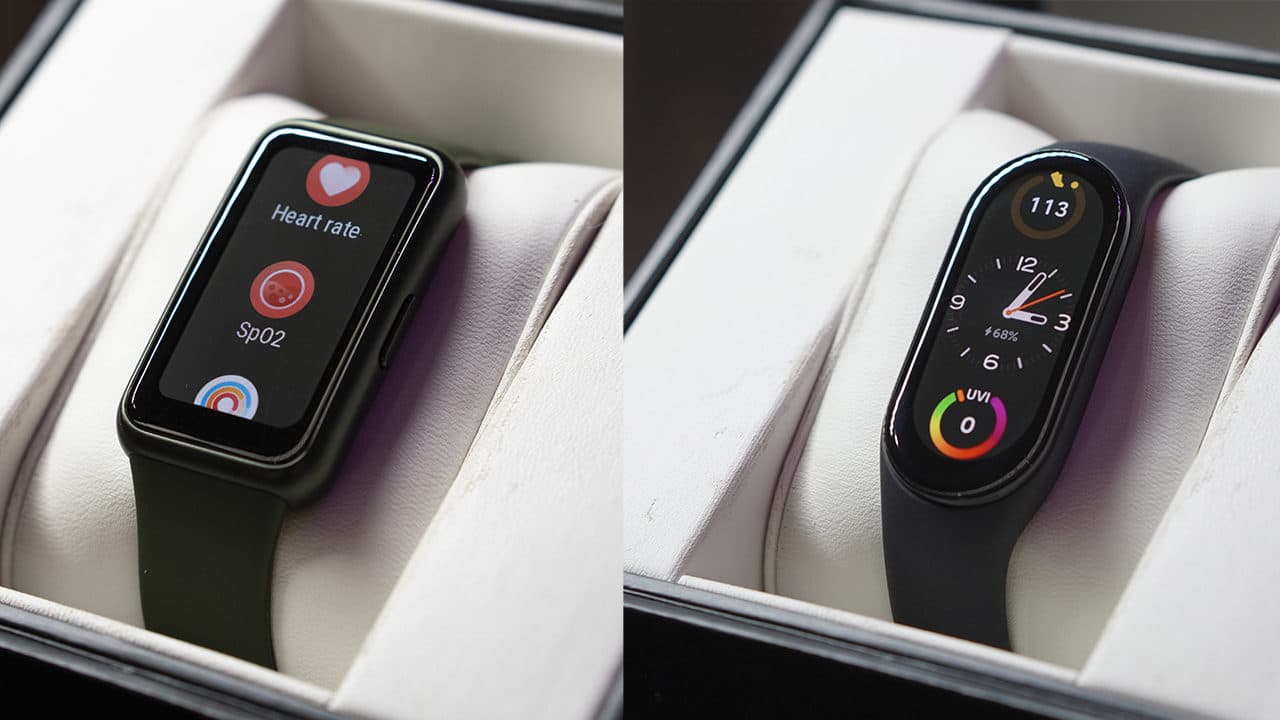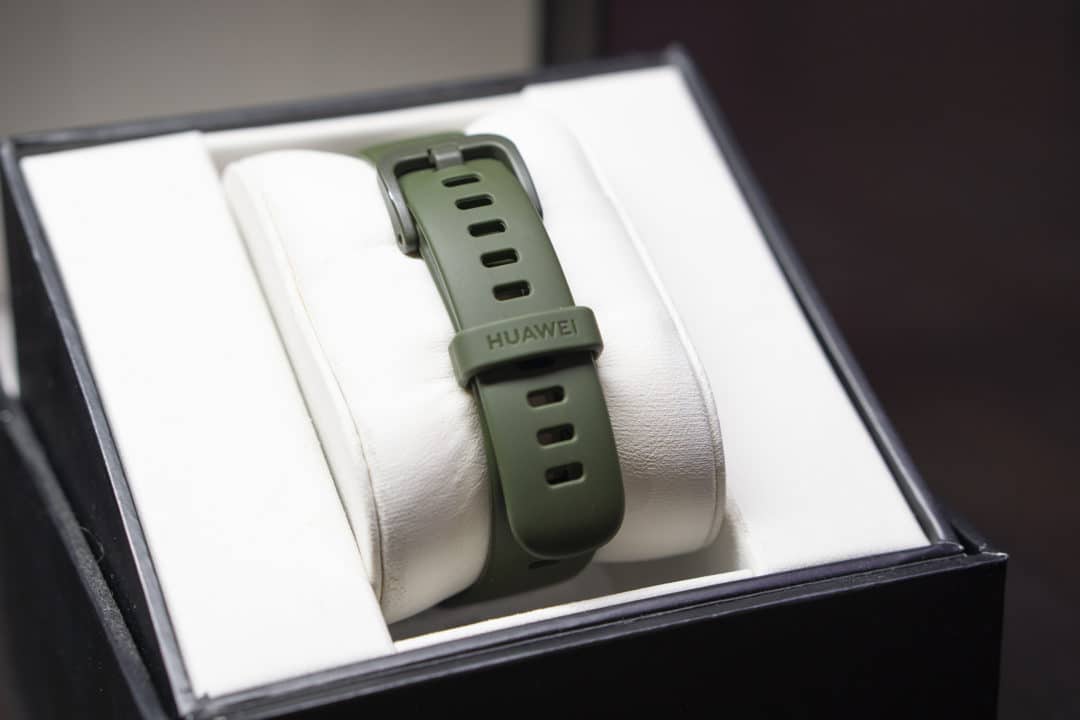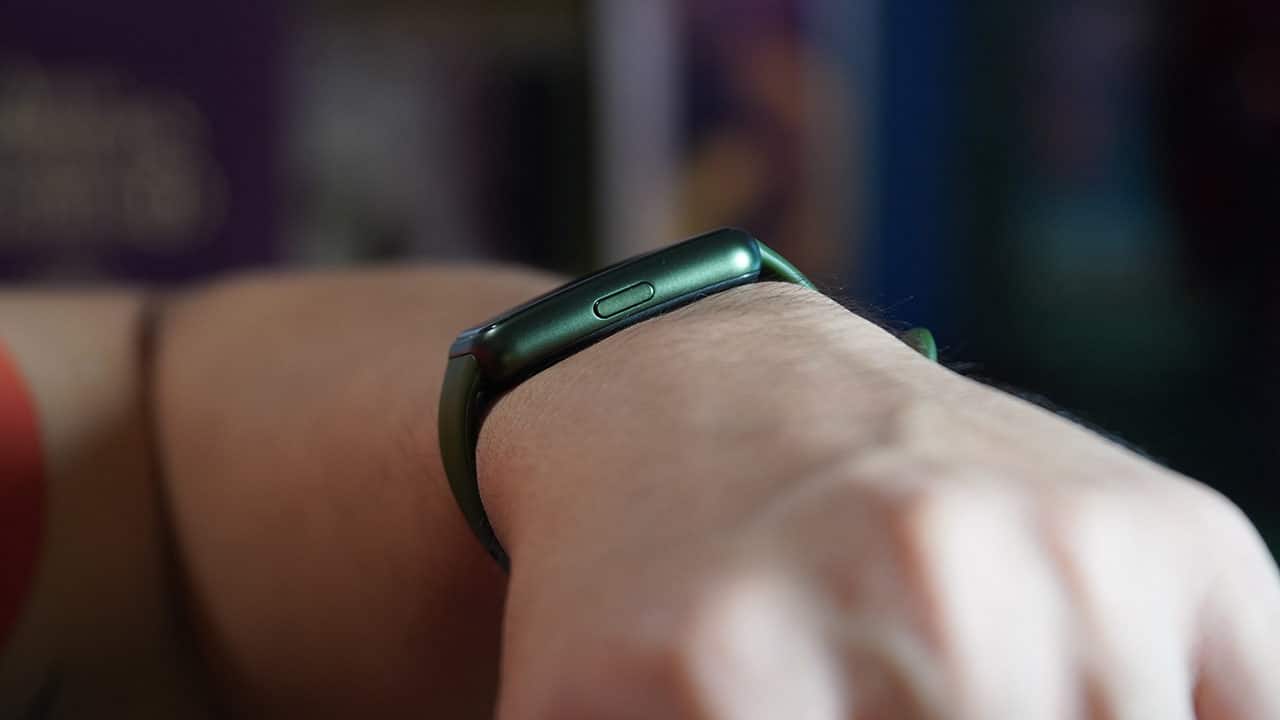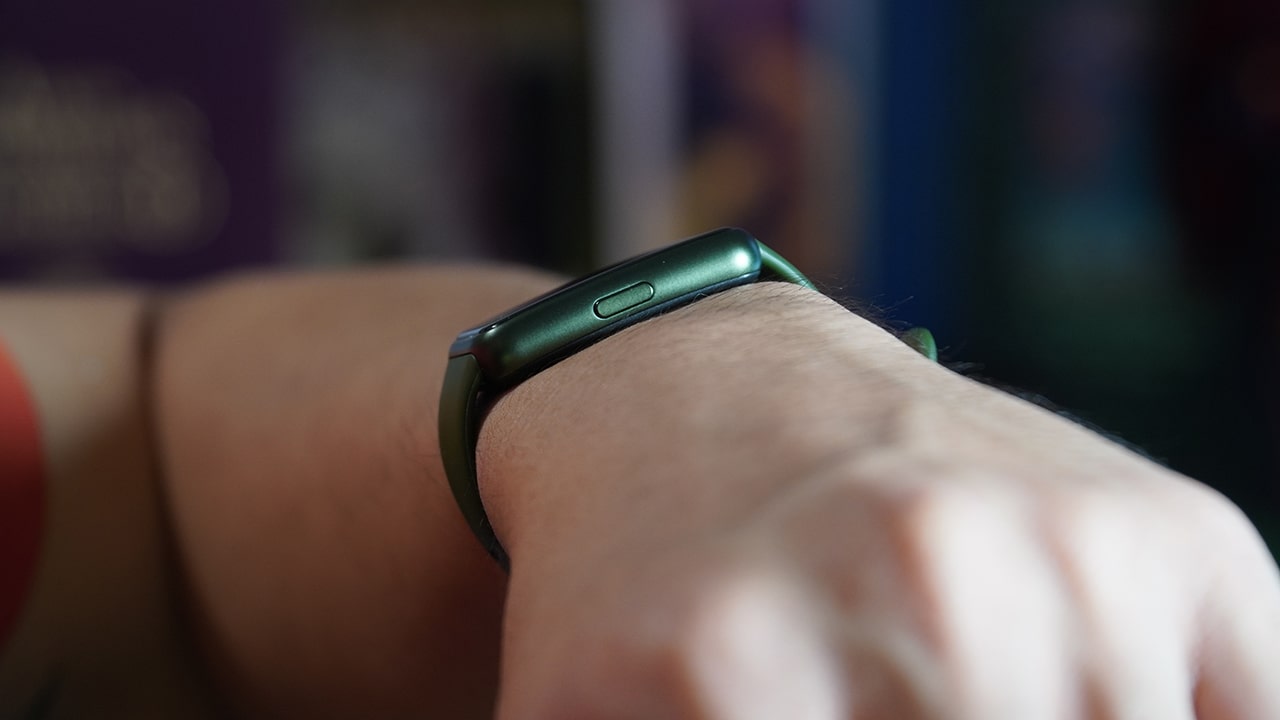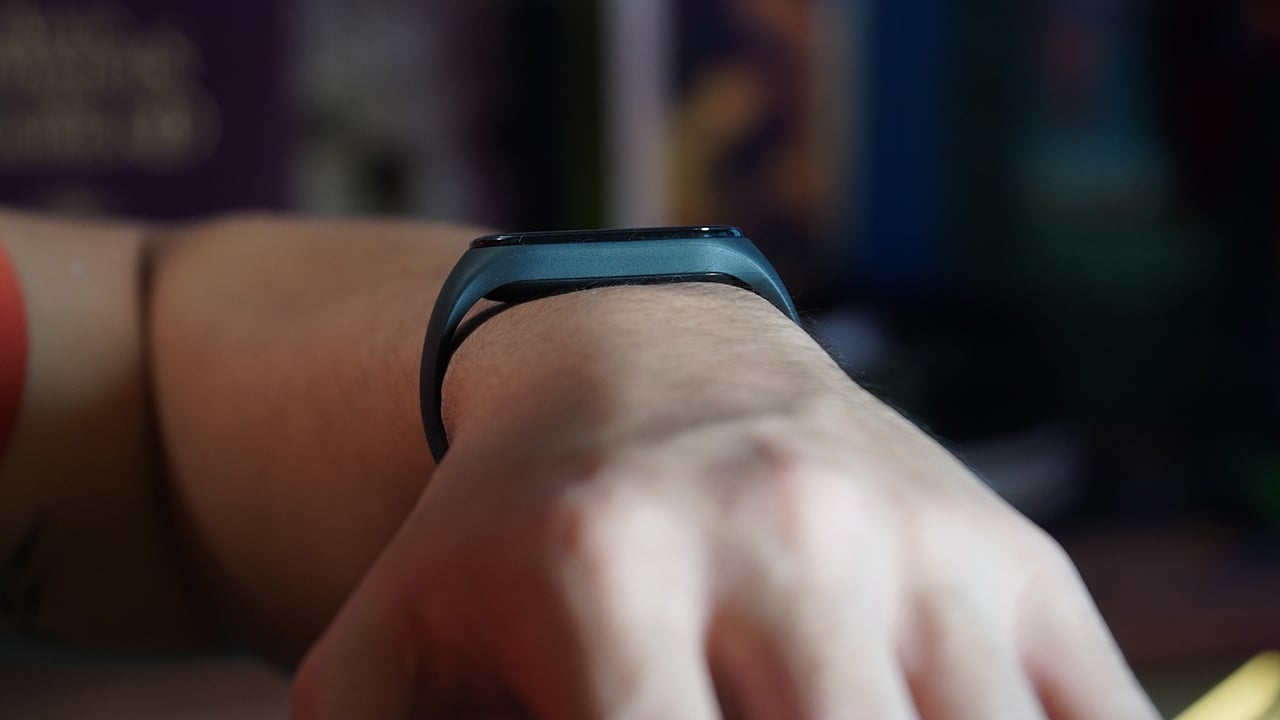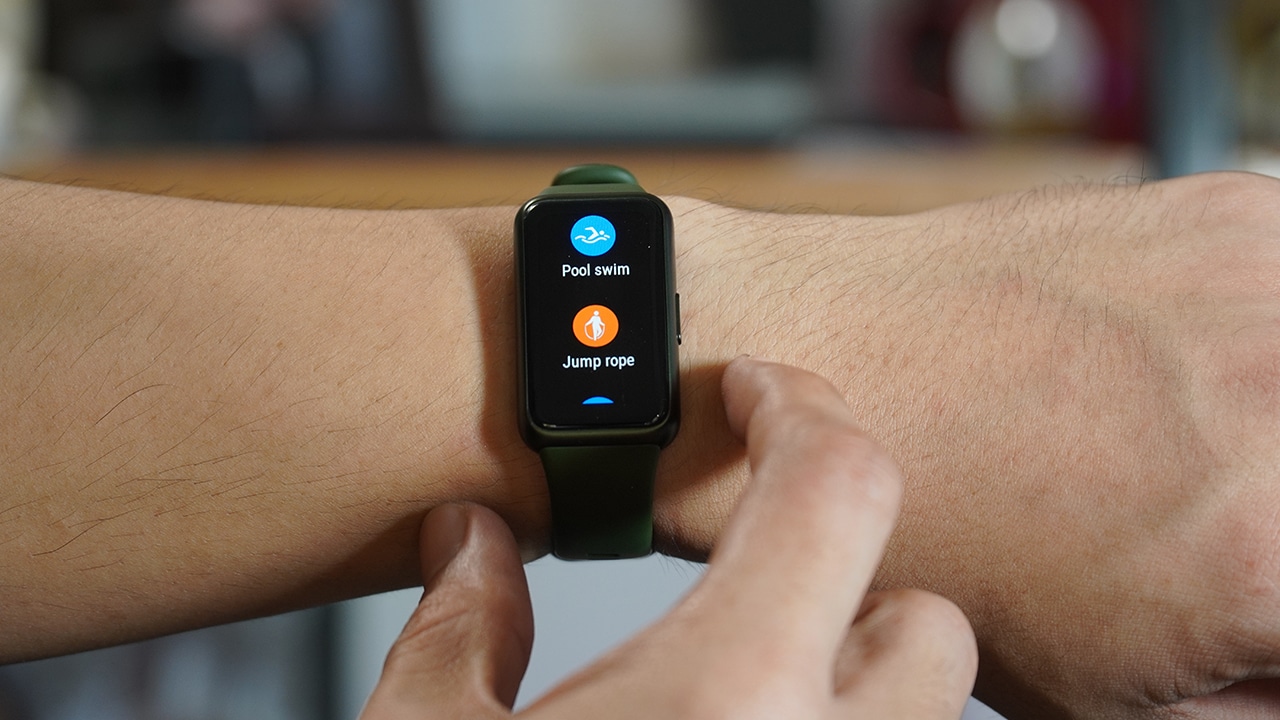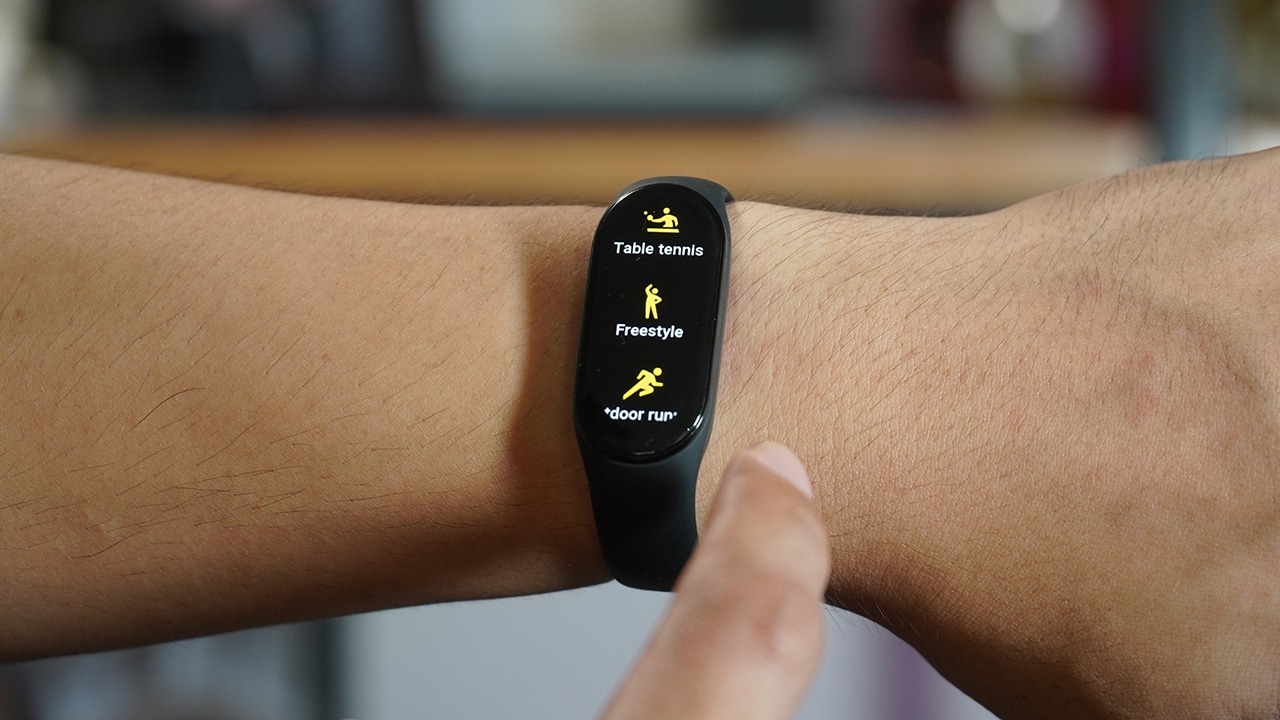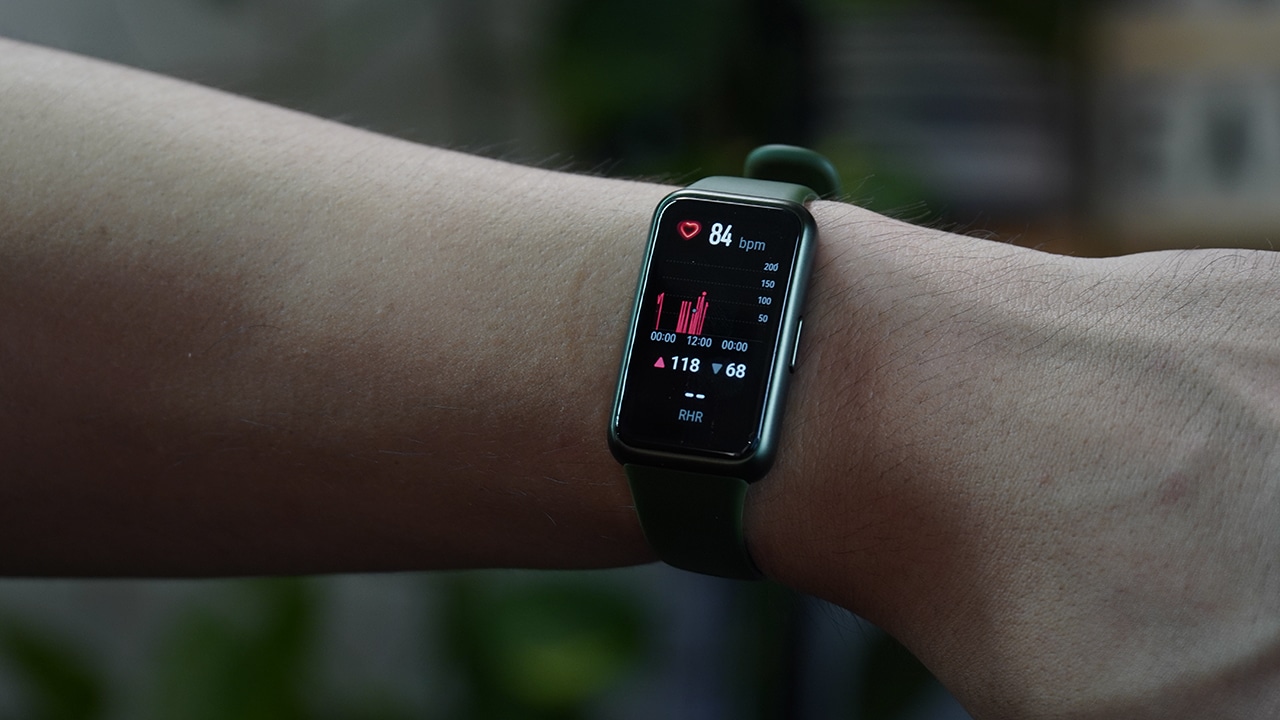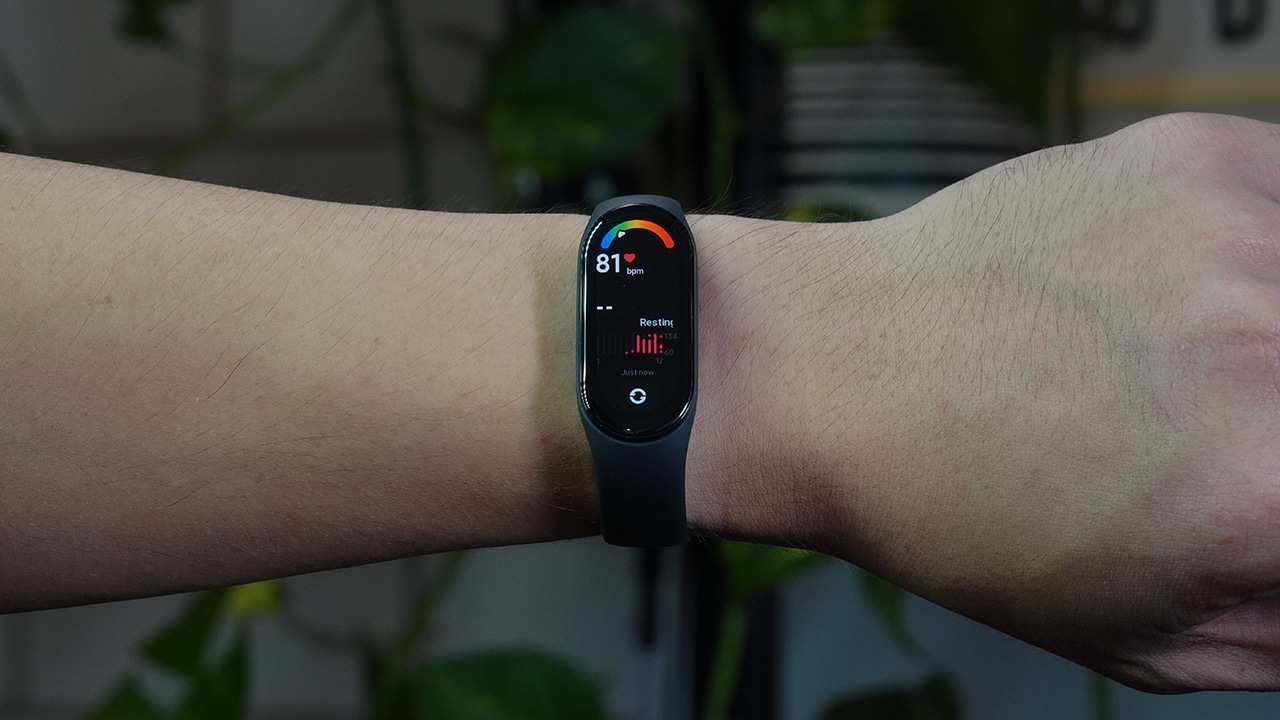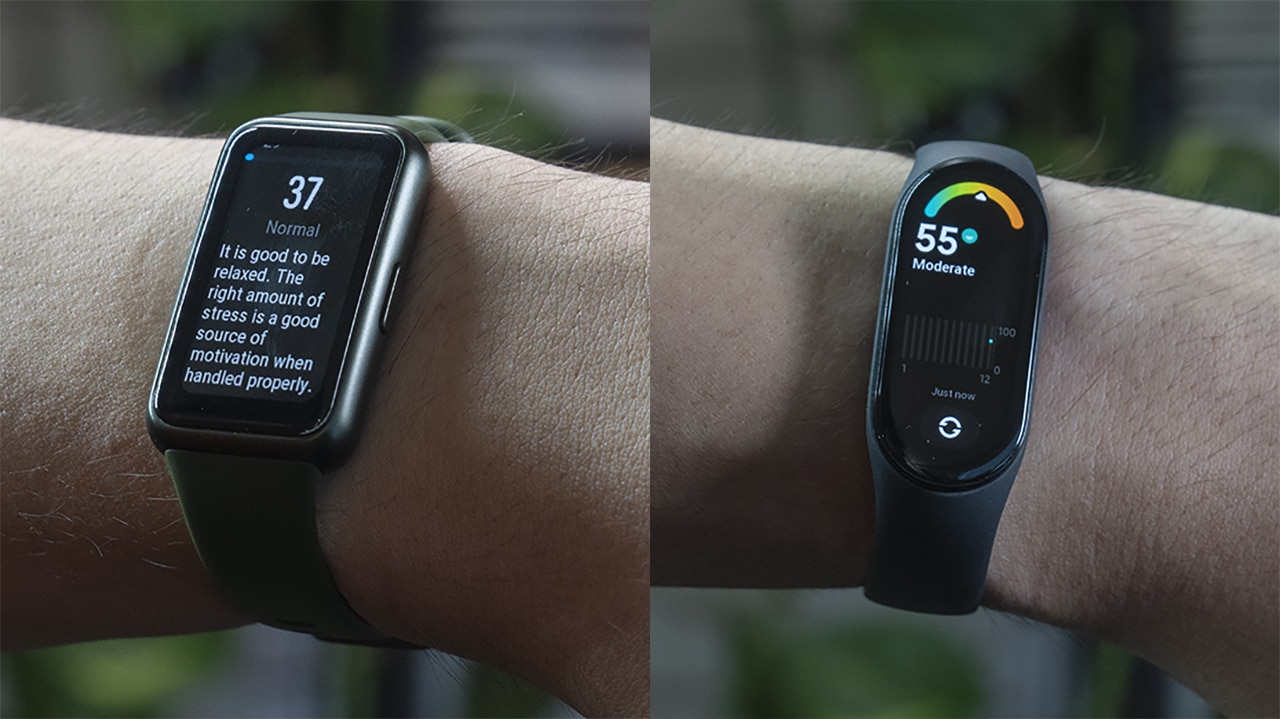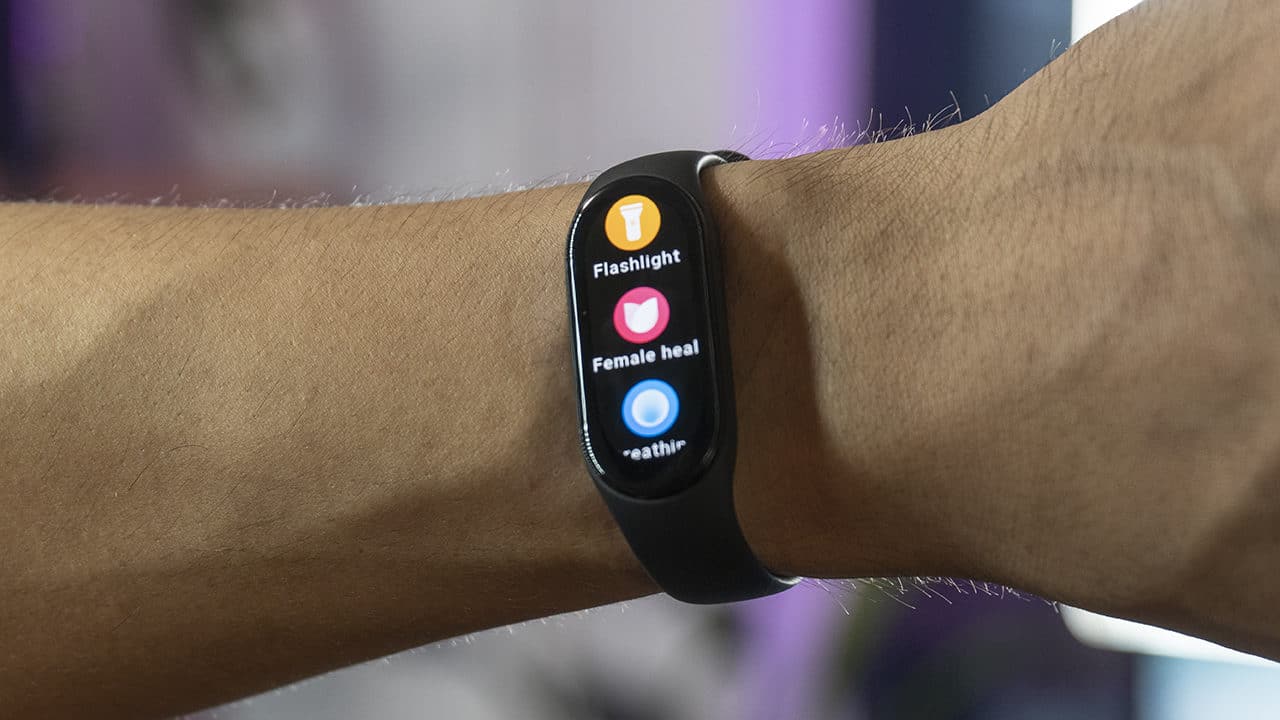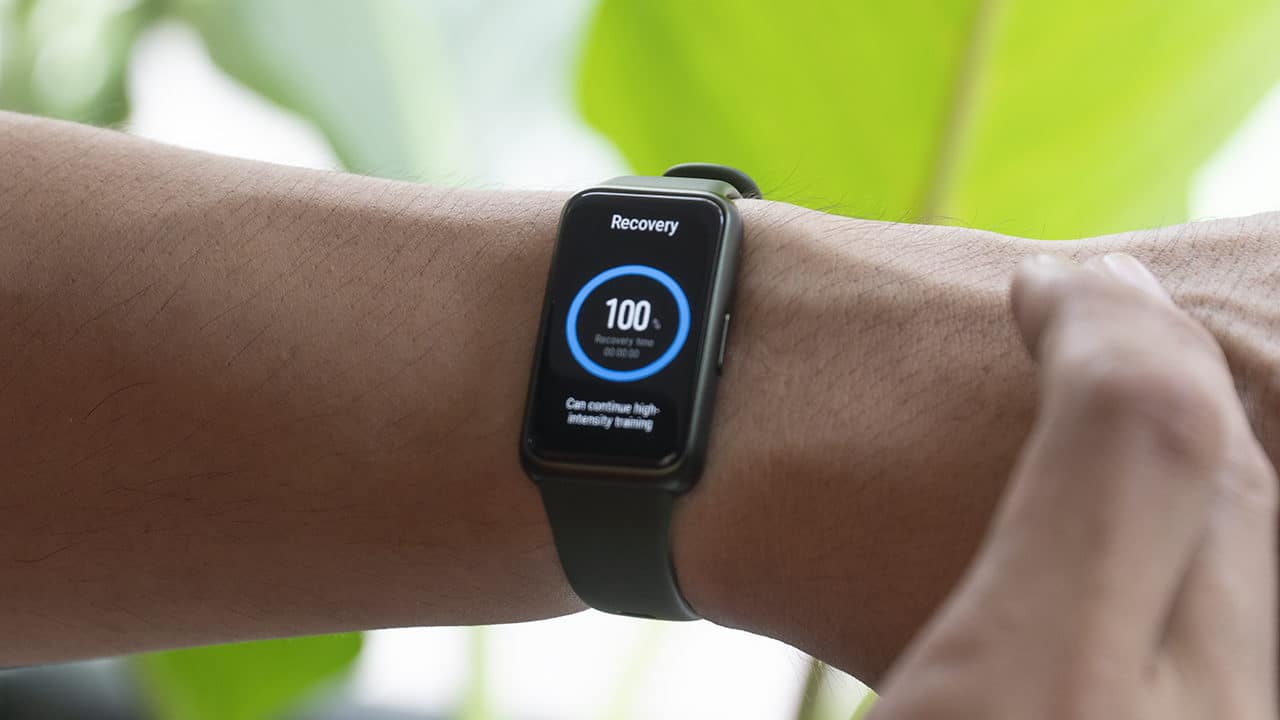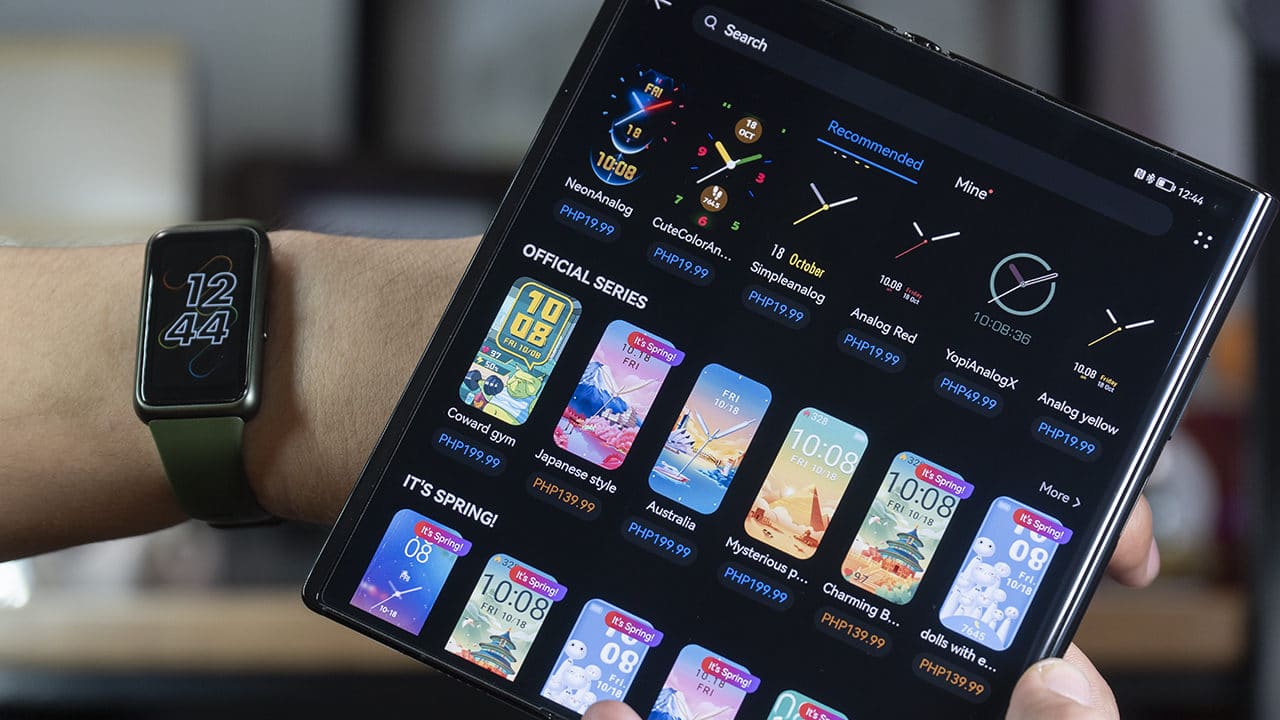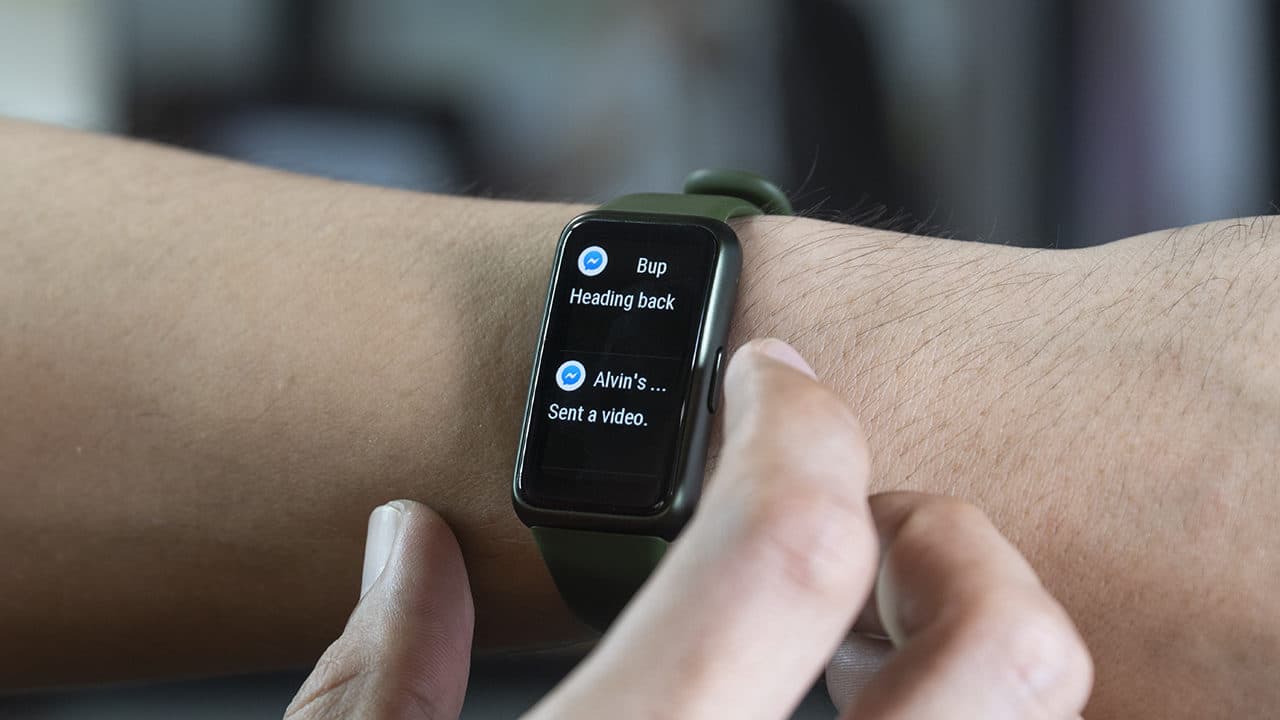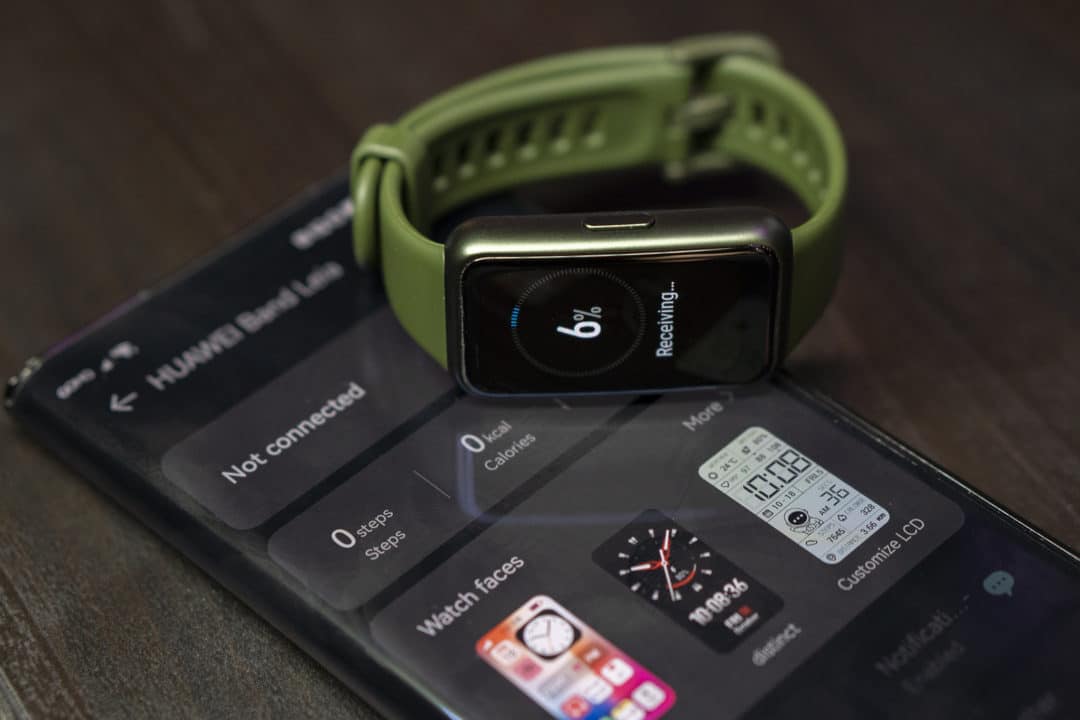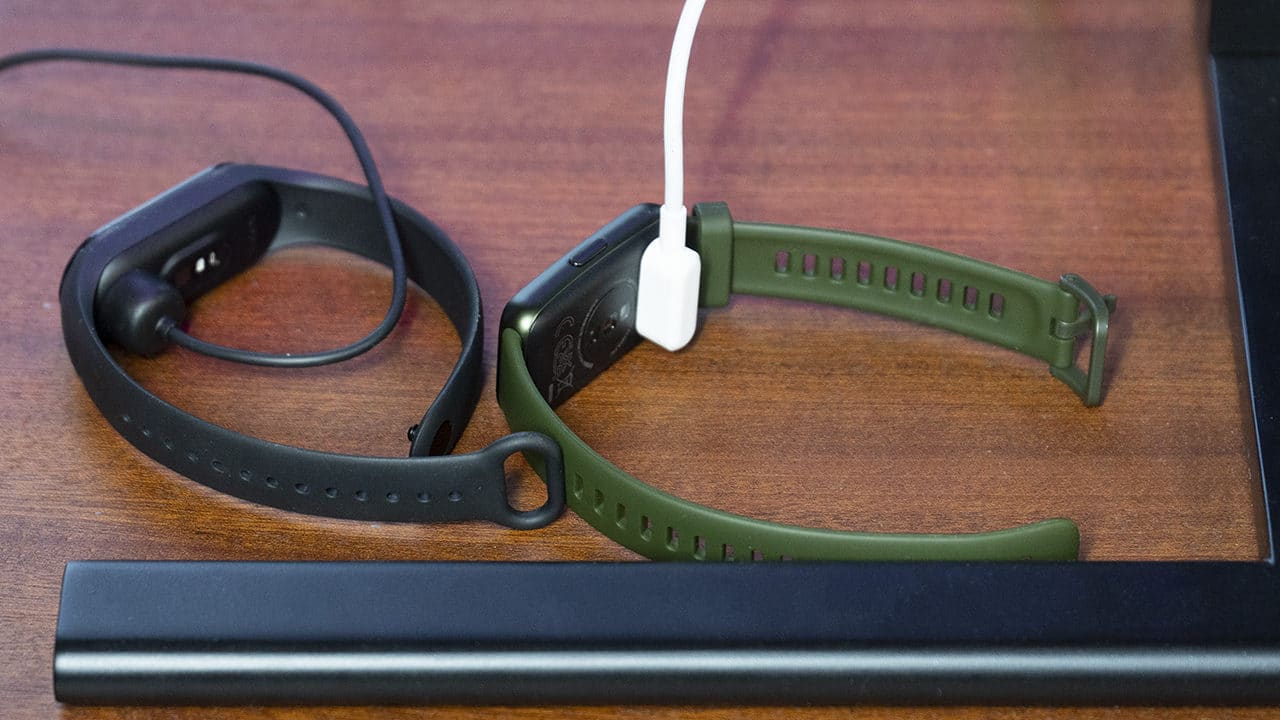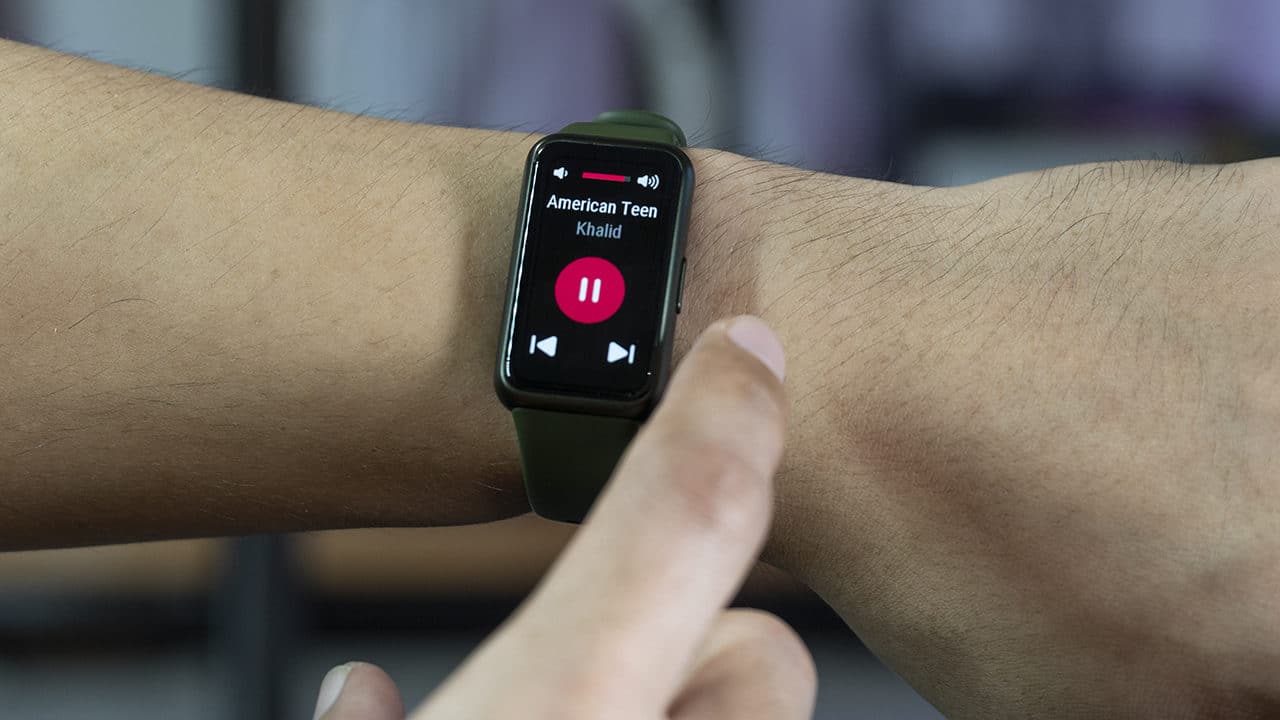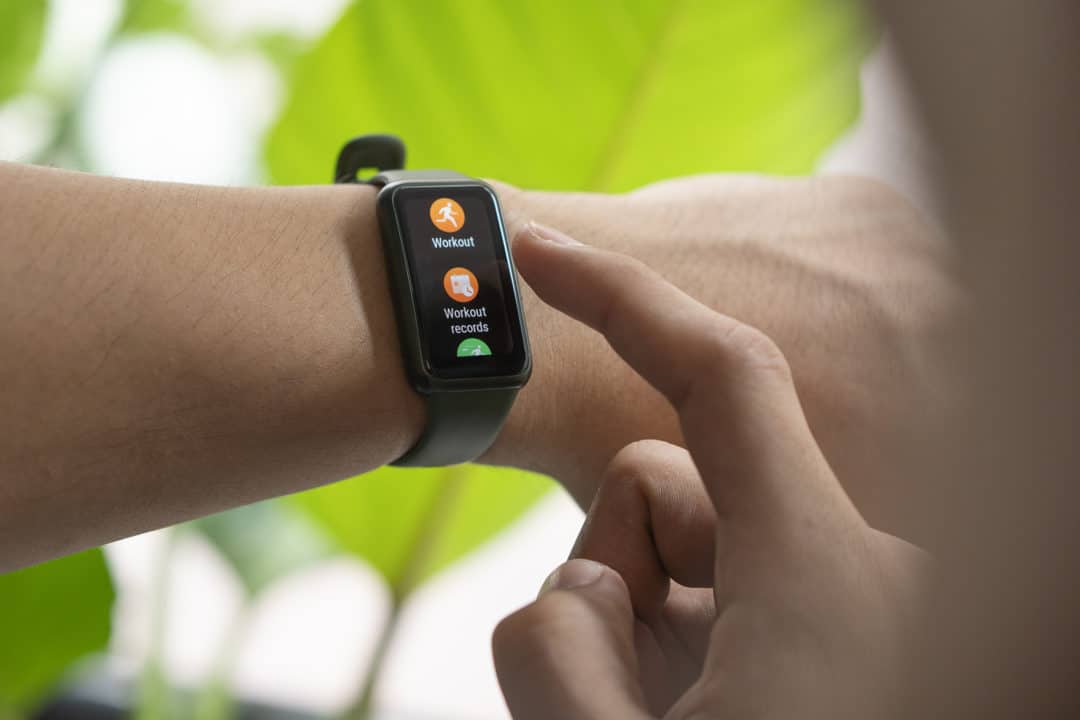The company that brought you the affordable but capable phones like the C3 and 6i is back with another interesting device. Called the realme 6 Pro, it carries a stunning design, half a dozen cameras, and features that help accomplish day-to-day tasks with ease.
Design
Gradient-colored phones undoubtedly have their unique appeal and this is what the 6 Pro banks on for its design. From the get-go, you’ll automatically be drawn to the lightning-inspired pattern seen on its back panel. Just like other phones with gradient design, the pattern sort of changes depending on how light bounces off of it. The company says it has applied a special printing technology for the first time just for the 6 Pro.
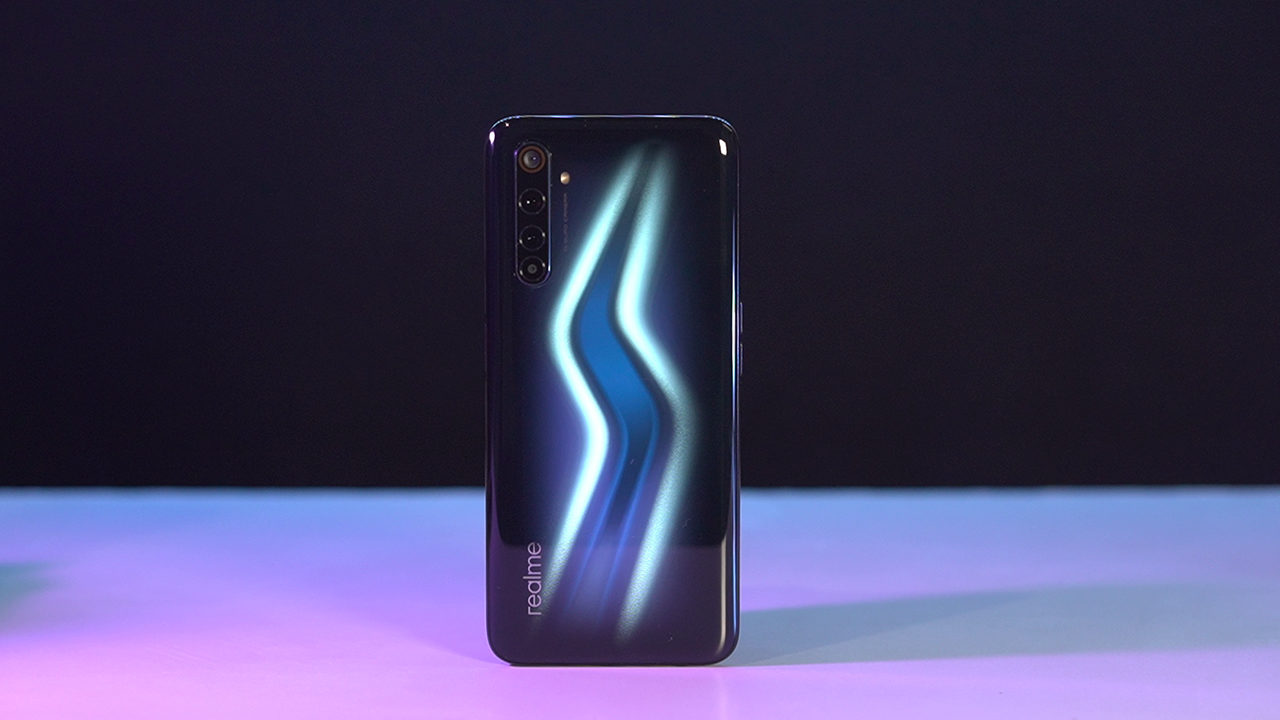
CHECK OUT: realme 6 Pro Unboxing and Hands-on
realme says it’s made of Gorilla Glass 5 so it should repel light scratches and the like. I, personally, am not a fan of phone cases as they simply change the overall feel of the device. Although, if you really want to keep it scratch-free, you may want to put on its included jelly case.
There are three color variations available for the 6 Pro. What we have here is the Lightning Blue variant and there are also Lighting Red and Lightning Orange. Unfortunately, Lightning Orange will not be available in the country.
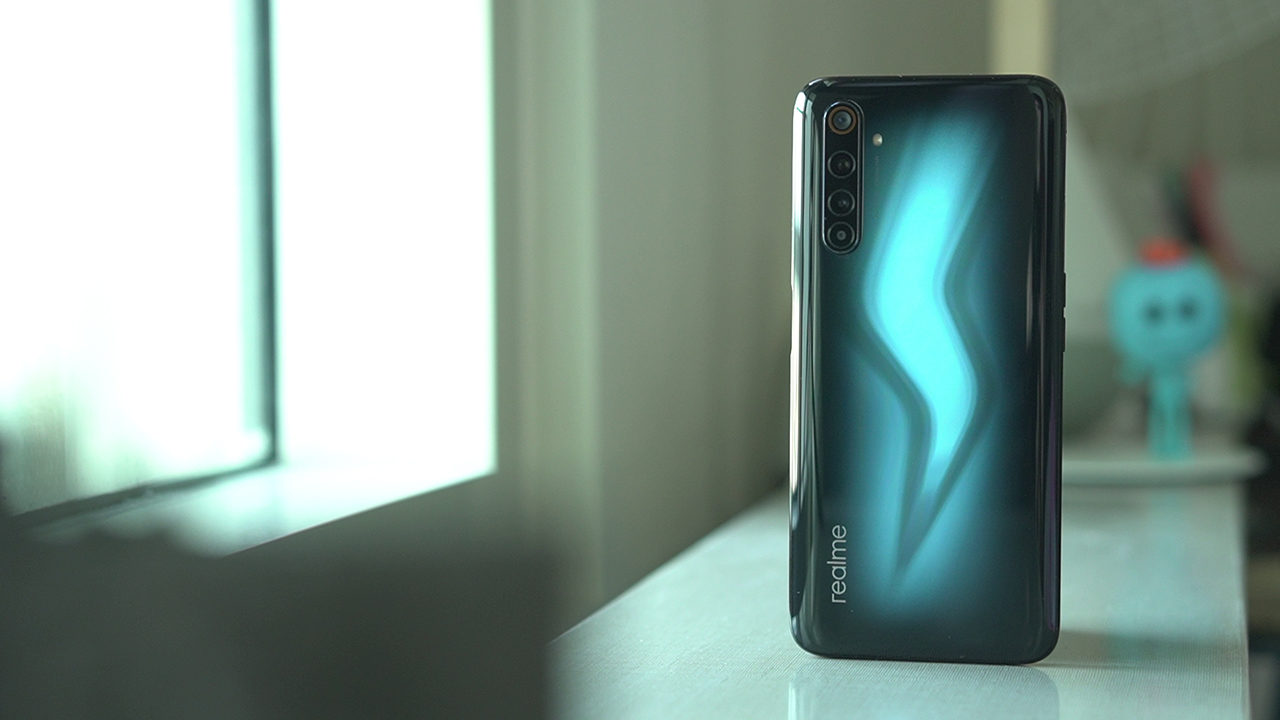
As for the reason behind its lightning design, the company says it signifies speed and agility which are what the phone offers.
Additionally, you have a 6.6-inch Full HD+ display with a 90hz refresh rate (which we’ll talk more about later on). There’s a small chin at the bottom and dual selfie cameras on the upper left corner. For the rest of the device, we see a power button with an integrated fingerprint sensor on the right, volume buttons on the opposite side, dual SIM tray with microSD expansion, and a USB-C port at the bottom.
Finally, an AI quad-camera setup rounds up the design.
Display and Multimedia
The display in itself has a couple of features that we want to highlight.
First and foremost is its 90Hz refresh rate. This means that the screen updates (or refreshes) the image 90 times per second. Normally, displays used on TVs, monitors, or smartphones max out at 60Hz, and having higher refresh rates mean movements and transitions will have a smoother and more fluid look.
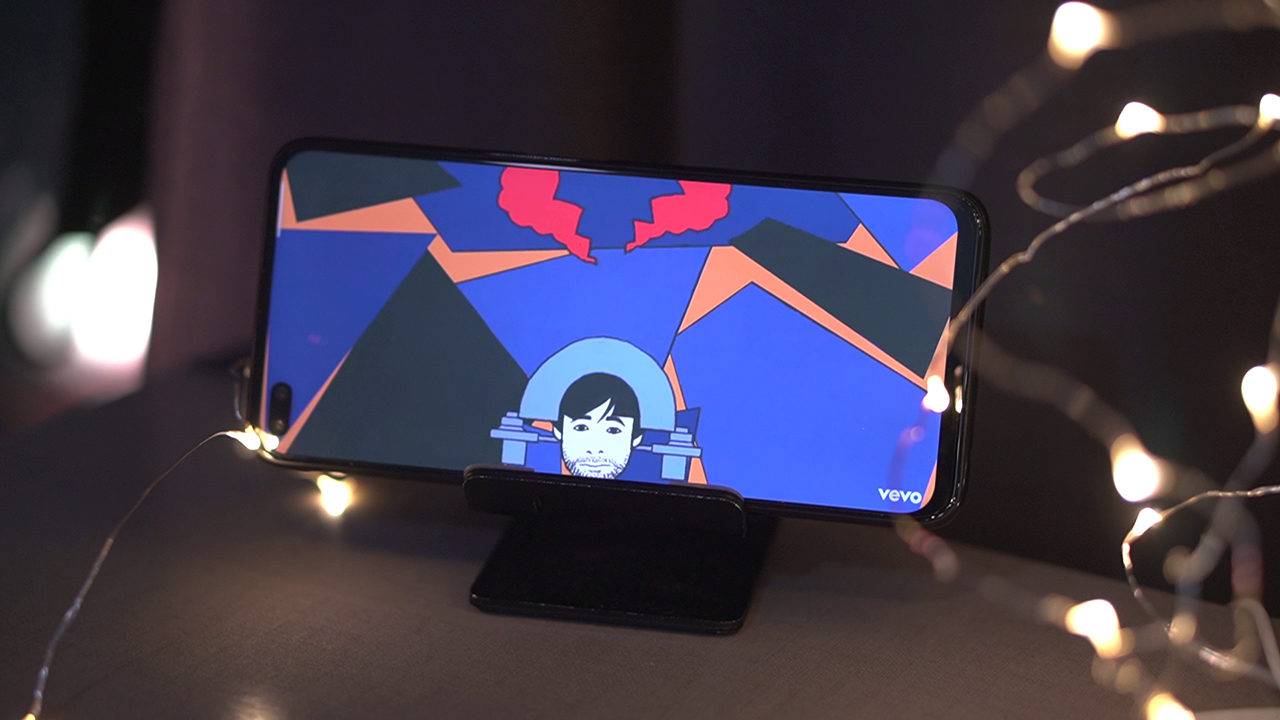
This came especially handy when playing games. It’s simply a joy to play games with higher refresh rate. Browsing the web at this refresh rate is also a different experience. It generally consumes more battery, though, so you might want to gauge when to use or not use this feature.
The phone also features Dolby Atmos and supports hi-res quality. For best results, be sure to use a good pair of headphones as it makes watching videos or playing games a lot more enjoyable.
Camera
Imaging is one of the main selling points of the 6 Pro. Armed with a quad-camera setup for the rear and dual selfie shooters, the phone aims to be more than just versatile for its shooting capabilities.
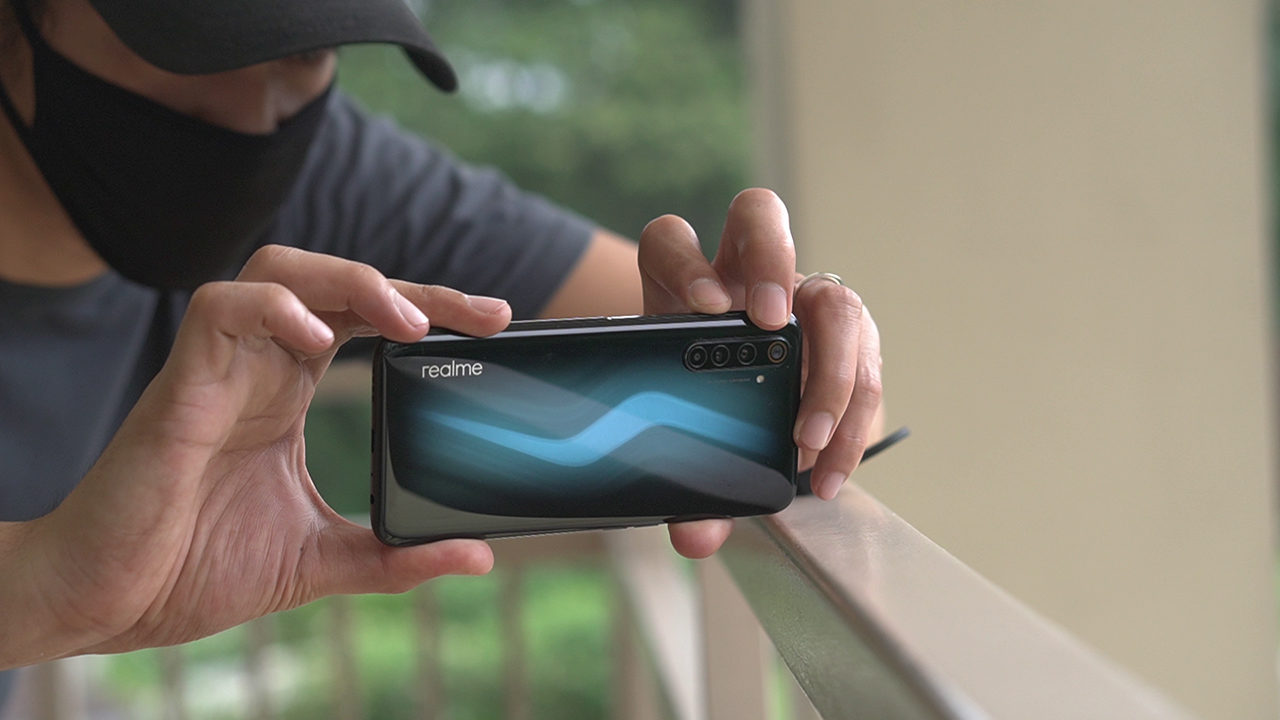
With our time with its half-dozen cameras, we found that it’s more than enough for our usual needs — quickly snapping a shot of nice scenery, a cute cat for Instagram, or your lunch that you can’t help but post on Facebook.
Although when you need to step things up a notch, its Pro Mode is especially useful. You can tweak each value independently and a live preview reflects your settings. From shutter speed, white balance, and going for manual focus so you can specifically choose your subject, the realme 6 Pro gives you this freedom whether you’re using its main camera, its telephoto, wide-angle, or macro lenses.
Speaking of telephoto, it’s able to bring you closer to your subjects by 2x through its optical zoom. If you still need to get closer, it can go up to 20x but hybrid zoom will take over and you’ll lose some detail.
Its wide-angle camera also does the job if you’re a fan of taking landscape shots or simply shooting a large group of people.

Meanwhile, the macro lens lets you go up close and personal with your subject. It does bring out certain details of small objects but the overall photos it produced are decent at best. Still, it’s nice to have it in case the need for it arises.
Additionally, we want to show its low light capabilities. Its Night Mode with Nightscape 3.0 actually produces really decent photos. And we’re talking really low light instances. Of course, you’ll be able to see some digital noise when you look at the image up close and a bit of detail is lost, but that’s just expected under such circumstances.
Overall, it’s pretty impressive how it’s able to pull this much light out of a really dim scenario. Night Mode works for its other cameras but we found it produces the best photos on its main 64-megapixel camera.
As for shooting videos, it’s equipped with image stabilization so you can record while moving and minimize unwanted jitters. We’ve tried mounting it on a travel tripod while following a moving subject and the footage we got (which you can see in our video review at the end of this article) definitely has less camera shake.
Its video features don’t stop there. It also boasts up to 4K resolution at 30fps and up to 240fps slo-mo recording. This means you can achieve those buttery smooth footage as long as you have enough light.
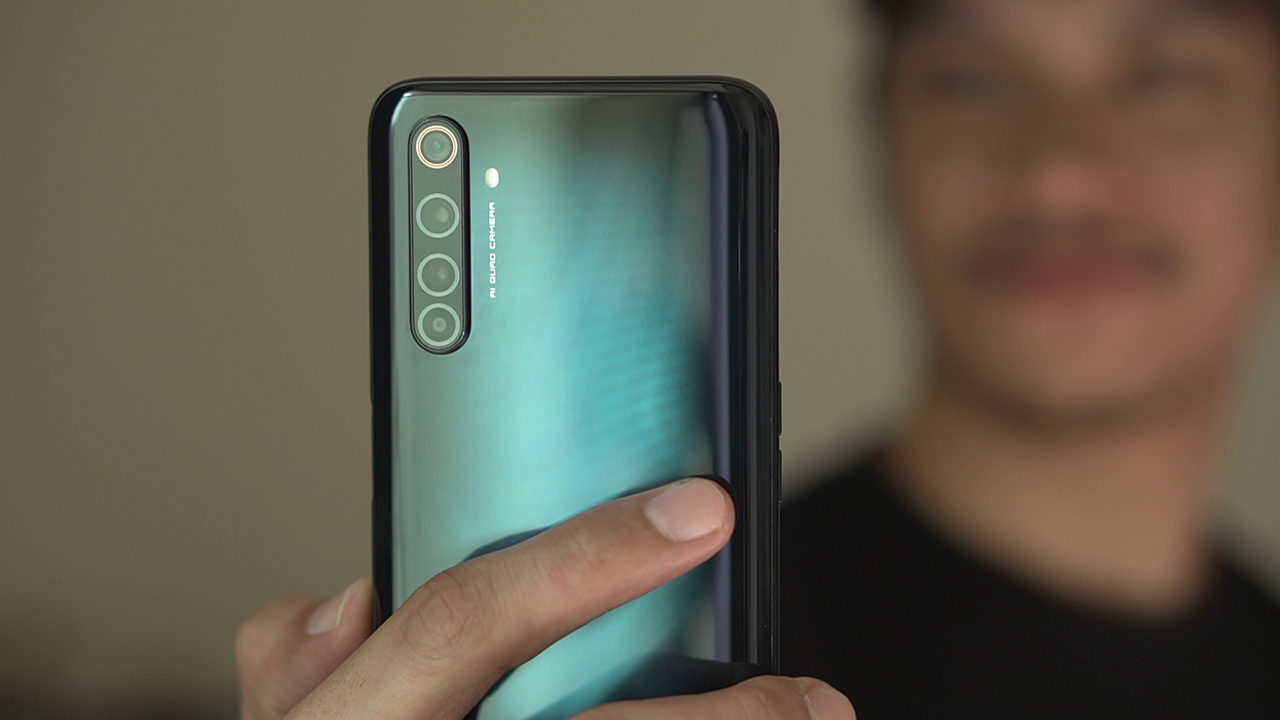
The same goes for its dual front cameras. Together, they offer versatility for your selfie needs. You have a 16-megapixel wide-angle main accompanied by an 8-megapixel super-wide-angle for those group selfies.
At the same time, these two cameras also support HDR and Portrait Nightscape Selfie so you can snap those self-portraits even when there’s little light around. It also supports real-time bokeh while shooting videos.
Performance
Just like the recent realme phones we’ve got our hands on, the 6 Pro runs on Android 10 with realme UI so what you get is closer to stock Android experience rather than having unwanted bloatware eat up your storage space. Again, icons are fully customizable and you can choose from round to square and even adjust the transparency. The original icons can also be customized with your own photos or icons.
Animations and transitions are smooth and navigating through the phone is effortless. There’s still support for Dark Mode, dynamic wallpapers, native screen recording with internal and external audio, and tap to lock.
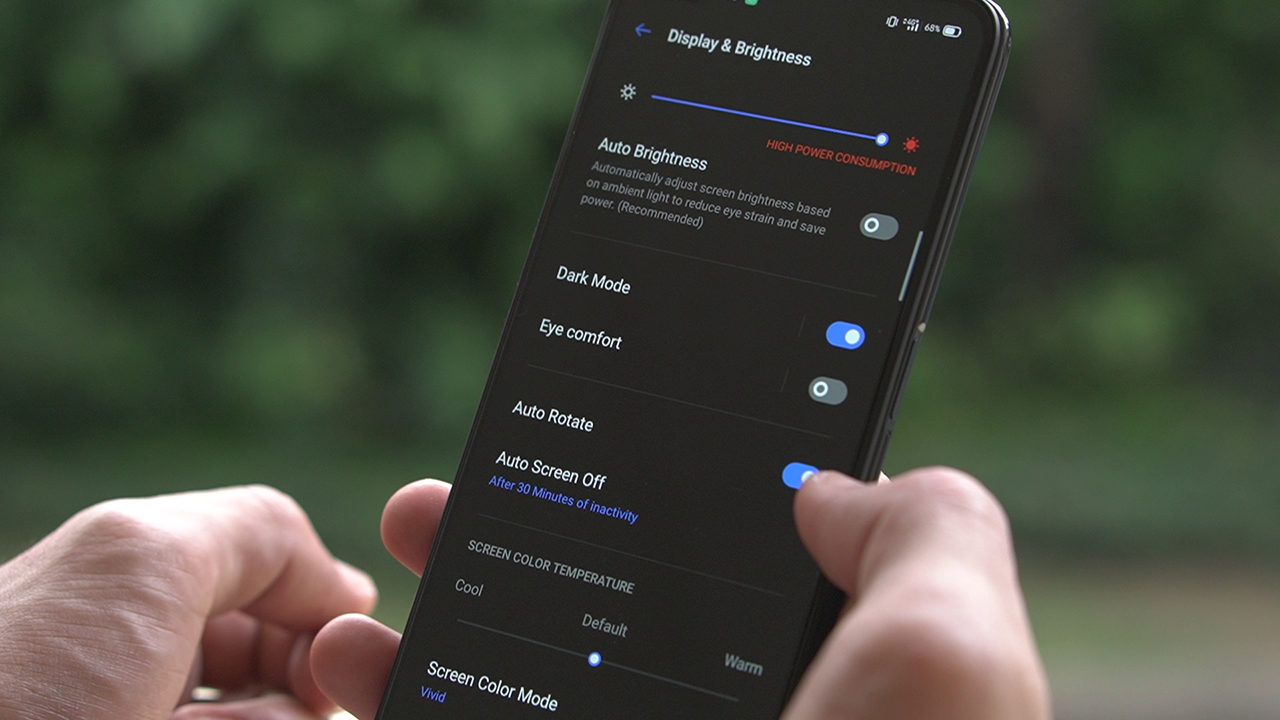
It also holds the title as the world’s first smartphone with Qualcomm Snapdragon 720G which is specifically made for power and efficiency.
With it, the phone was able to handle gaming for extended periods of time without getting noticeably warm and little to no lags. We ran popular titles like Mobile Legends and Asphalt 9 and the 6 Pro handled them with little effort even with its smooth 90Hz refresh rate turned on. Switching between apps also didn’t slow the system down.
While talking about overall performance, we want to commend the fingerprint sensor that unlocks the phone in less than a second. Just put your thumb over the sensor and it scans and unlocks in an instant.
Battery Life
With a newly upgraded 30W Flash Charge, realme says it can charge the 6 Pro’s 4300mAh battery in just one hour. We wanted to try it first-hand and was impressed to know that in exactly one hour, it was able to charge up to 98% of the battery.
It’s not exactly fully charged but having this capacity almost fully charged in an hour is pretty impressive in our book.
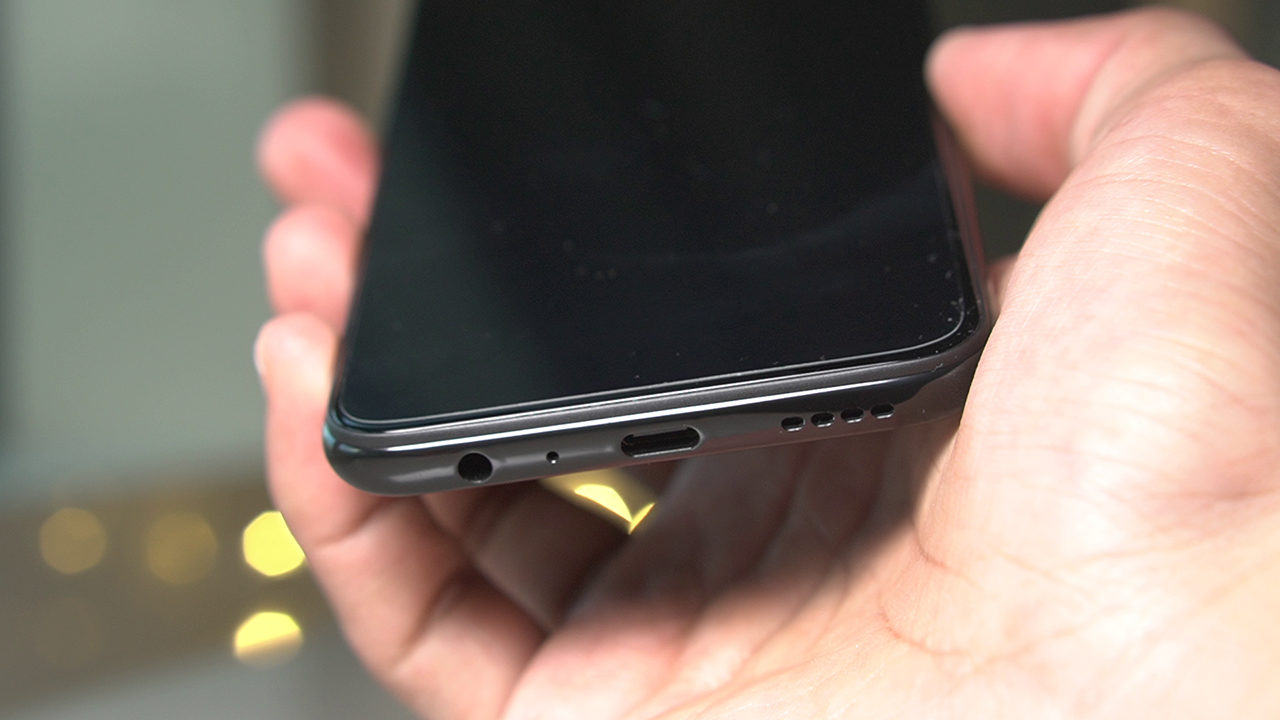
In terms of battery life, we did our standard gaming test with Wi-Fi connectivity and headphones plugged in. We were able to squeeze out eight hours of continuous gaming which is still not bad for its battery capacity. If we switched its 90Hz refresh rate off, we would probably be able to stretch our game time longer.
Creature Feature
In our reviews, The Modern Creatures aims to find that one special feature of a device that makes it worth having — something that gives the product a slight edge from among its peers. For the realme 6 Pro, it would be its 90Hz refresh rate.
Features such as this one are an unusual sight in the midrange category of smartphones. By bringing such feature to models below the flagship level, it gives more people a different experience in gaming or simply browsing.
Conclusion

Priced at PhP 16,990, the realme 6 Pro is a smartphone with practical and useful features. Although it can handle gaming and last a long time doing so, we think content creators would also benefit greatly from this device.
With its versatility in imaging through its different cameras, video stabilization for both front and back shooters, and impressive low light capabilities, the realme 6 Pro can easily be your secondary camera during shoots and a handy gaming device rolled into one lightning-designed midrange smartphone.
realme 6 Pro specs and features:
6.6-inch FHD+ (2400 x 1080) 90Hz display
Corning Gorilla Glass 5
Qualcomm Snapdragon 720G octa-core CPU
Adreno 618 GPU
8GB RAM
128GB storage
microSD card for storage expansion
Rear cameras: 64MP main wide + 8MP ultra-wide + 12MP telephoto + 2MP F2.4 macro
4K video at 30fps, UIS video stabilization
Front cameras: 16MP main + 8MP ultra-wide
Dual-SIM
Hi-Res Audio w/ Dolby Atmos
USB Type-C
3.5mm audio jack
Fingerprint scanner
Android 10 with realme UI
4,300mAh battery with 30W Flash Charge
Lightning Blue, Lightning Red colors

















